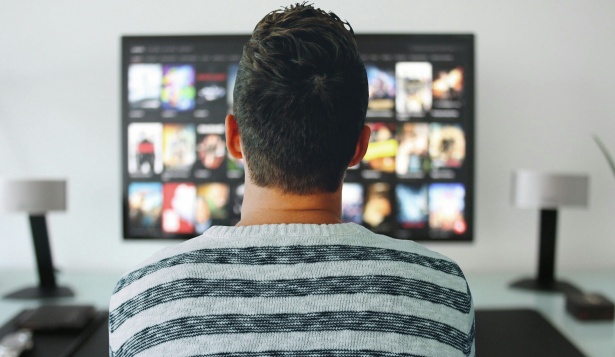Swapping out time in front of the TV for physical activity might not sound like the most fun trade, but it is associated with significantly better chances of healthy aging, according to a new study.
“Our take-home message is that replacing TV time with light physical activity, moderate-to-vigorous physical activity, and sleep (for participants with inadequate sleep) is beneficial to healthy aging,” said senior study author Dr. Molin Wang, associate professor of medicine in the department of epidemiology at Harvard’s T.H. Chan School of Public Health.
The results are not surprising, as many studies show that sedentary behaviors have significant impacts on health, said Dr. Andrew Freeman, director of cardiovascular prevention and wellness at National Jewish Health in Denver. Freeman was not involved in this study.
For this study, researchers analyzed data from the Nurses’ Health Study of more than 45,000 people age 50 or older in 1992 who were also free of chronic disease, according to the study published Tuesday in the journal JAMA Network Open.
Researchers followed up for 20 years for information on people’s time sitting at work, home and watching television and their hours standing or walking at home and work. That data was analyzed with data on their aging.

Replacing one hour of sitting to watch TV with light physical activity at home or work was associated with better chances of healthy aging, the study showed./Pexels
Healthy aging was defined as living to at least 70 years old and maintaining at least four healthy domains — such as no major chronic disease and no impairment in subjective memory, physical health and mental health, the study said.
Each additional two hours of sitting to watch TV was associated with a 12% decrease in the chances of aging in a healthy way, the study showed. On the other hand, adding two hours of light physical activity at work added a 6% increase in the odds of healthy aging.
Replacing one hour of sitting to watch TV with light physical activity at home or work was associated with better chances of healthy aging, the study showed.
“Vegging out in front of the television, seems to always be associated with worse outcomes,” Freeman said. “Of course, it makes physiologic sense that human beings were never meant to sit in front of a screen all day long.”
“The more we sit, the more problems we get, particularly as we get older,” he added.
Why is sitting so bad?
A 2017 study showed a relationship between time spent sitting and early death from any cause. And sedentary time as a kid may increase the risk of heart disease later in life, according to 2023 research.
The problem is particularly bad when eating a very large amount of salt, which is typical in an American diet, without getting enough movement to circulate fluid, he added.
These often unhealthy habits go together.
“When people sit in front of TV, it usually brings all these other comorbid activities, like eating junk food, TV dinners, failing to connect with others, and it even can interrupt sleep,” Freeman said.
Time spent seated at a desk or on the living room couch also takes away opportunities to get out and be active.
“You’re missing out on all that physical activity, which is truly an unbelievable way to reduce cardiovascular risk and blood pressure,” Freeman said.
How to kick out the sedentary behavior
If you work eight, 10 or even 12 hours a day in an office, it might feel difficult to get more movement into your day.
“My very strong suggestion is you should consider at work getting a standing desk if you can, or even a treadmill desk if you’re able and you have the space,” Freeman said.
If that is not a possibility, things like getting up often or having walking meetings can help, he said.
“If you’re sitting down for more than 30 minutes at a time, in my book, that’s probably too long, and you really want to try to move a little bit,” Freeman added.
You don’t have to outlaw sitting or watching TV, however.
Maybe try pairing TV with healthy behaviors such as watching while moving or eating a nutritious snack, he said. Or better yet, set limits for yourself.

Maybe try pairing TV with healthy behaviors such as watching while moving or eating a nutritious snack, he said. Or better yet, set limits for yourself./Pexels
“There are all these great tools and apps available … and a lot of people see those as tools for kids, but the truth is, they’re just as good as for adults,” Freeman said. “It lets you keep track of how much screen time you have and then how much activity you have all on the same device, which is kind of neat.”







